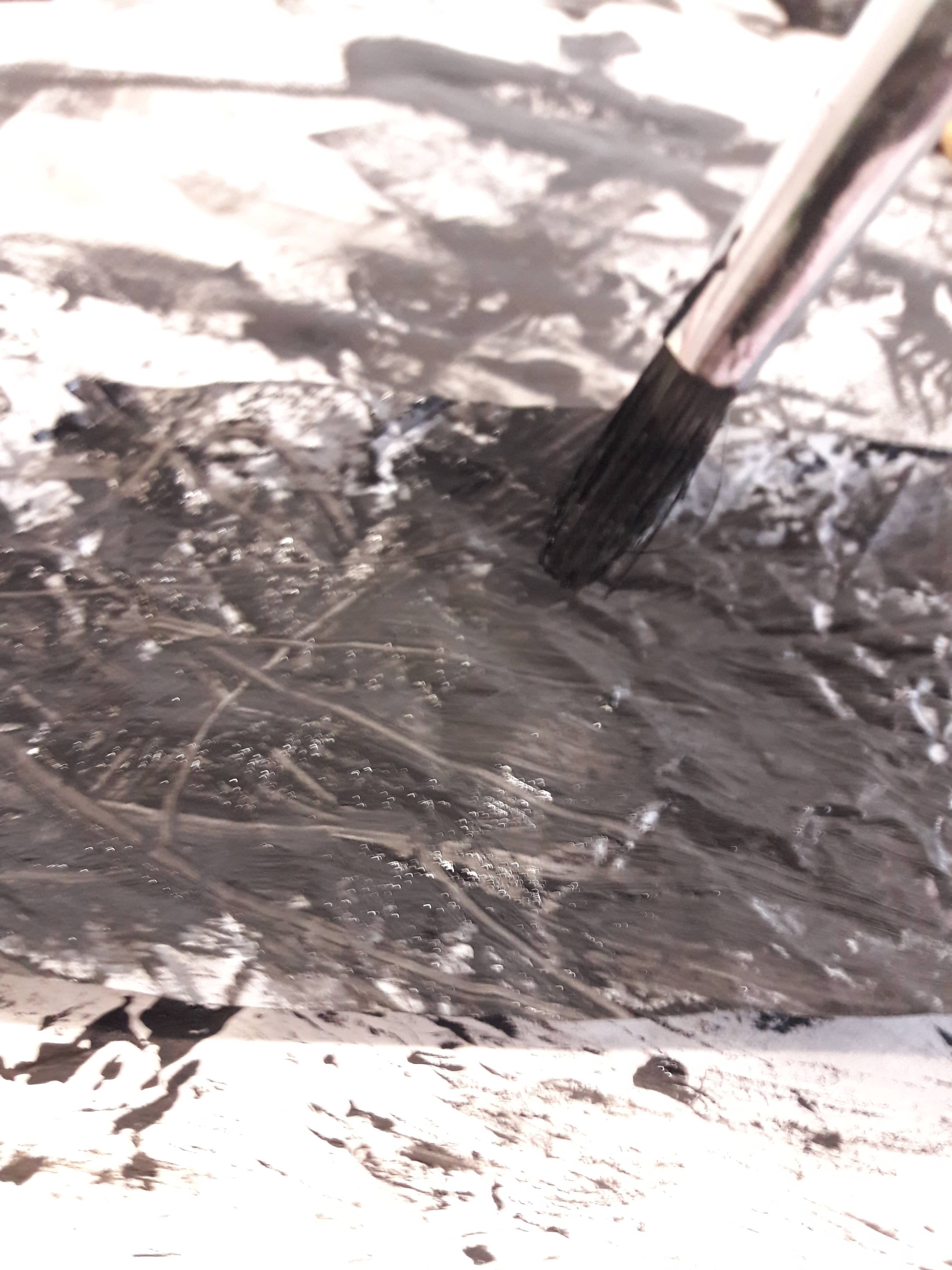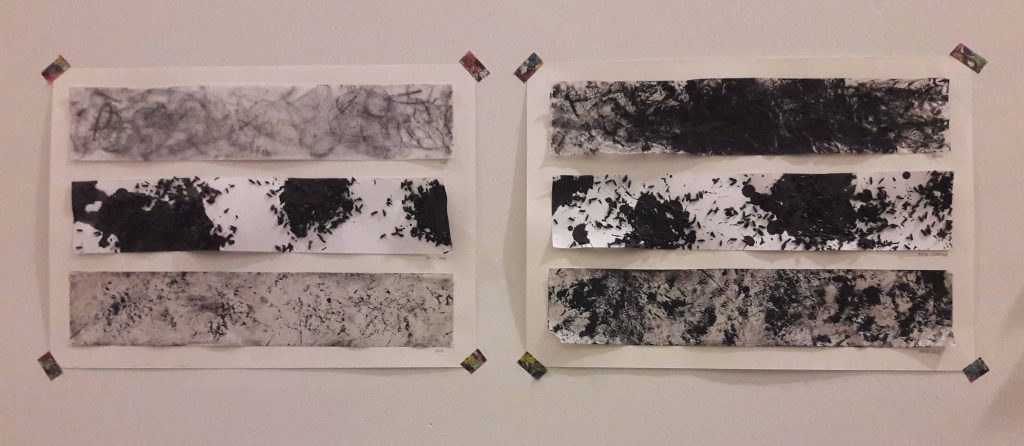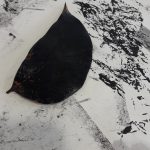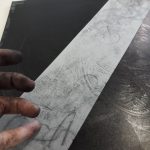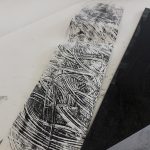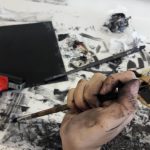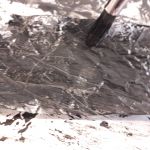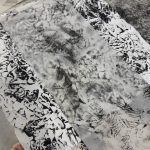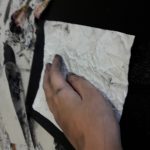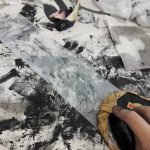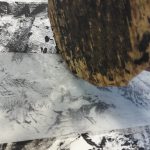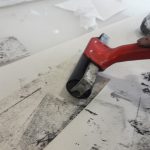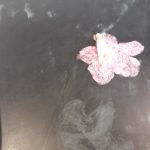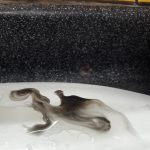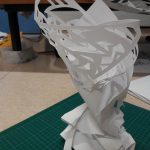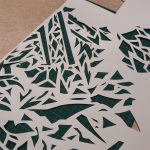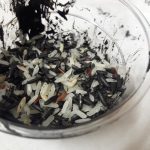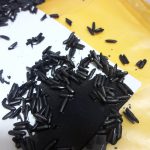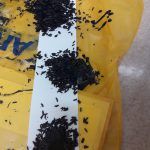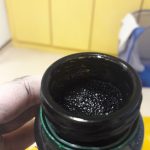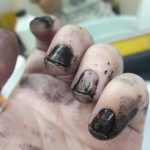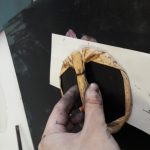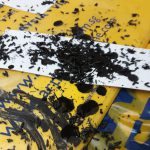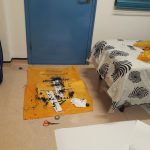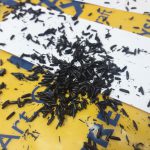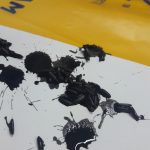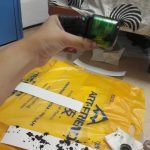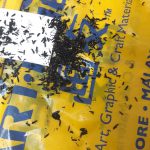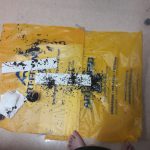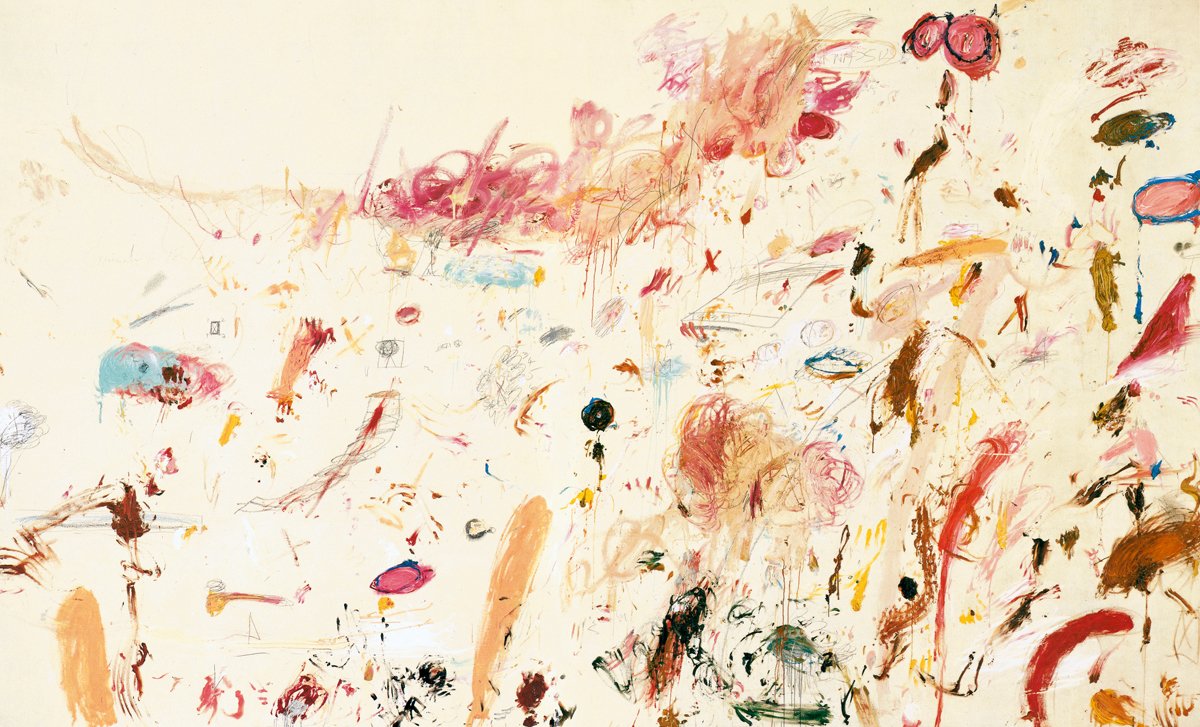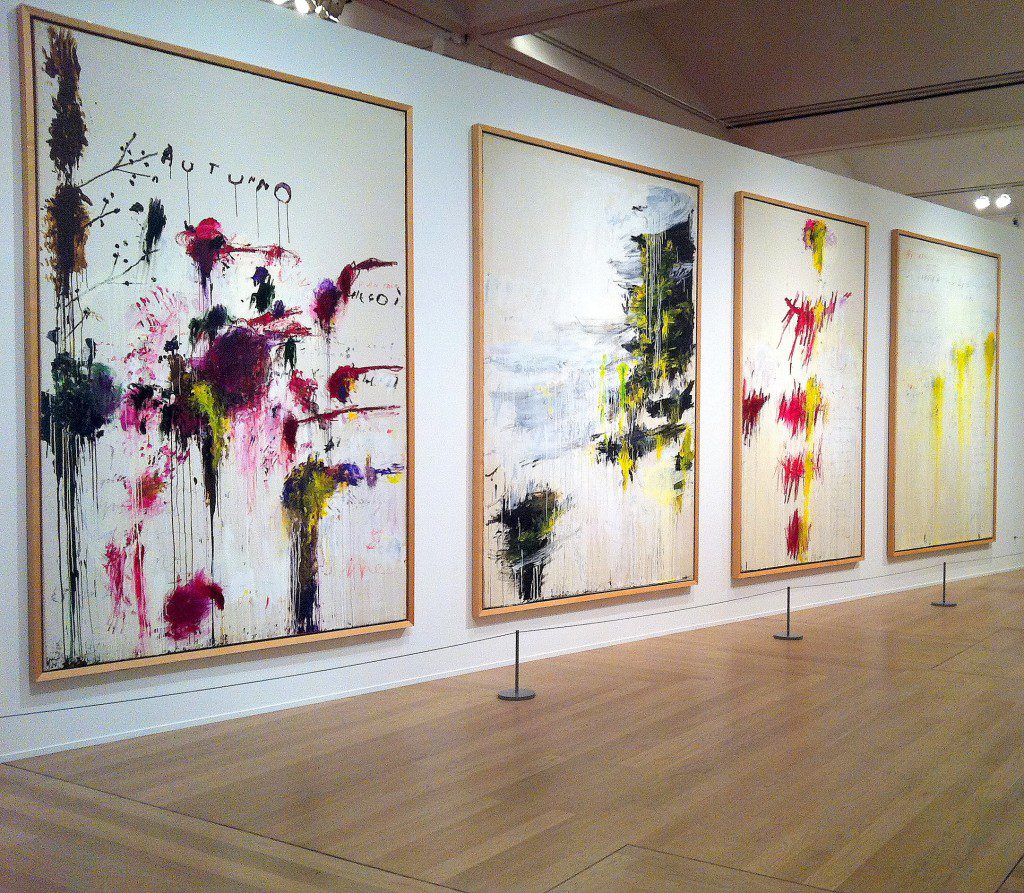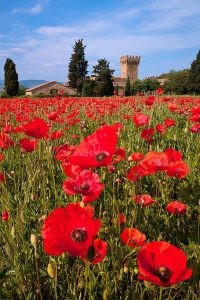I’m unfortunately a very trigger happy person (this always, inevitably works against my favour), so all emotions focused a lot on natural forms, where I didn’t control much as opposed to trying to aim for a certain state while making, and letting the marks turn out as is (as long as it generally looked ok).
The key ideas were both of these:
- Emotion quality
For me, emotions are often not clearly separable. To avoid too many visual similarities, I narrowed the quality of each emotion down based on 3 overarching criteria: intensity, protractedness and frequency. Intensity is associated with the strength of the emotion (typically once-off and large), protractedness, with the duration of the emotion (typically underlying and mild), frequency, with the occurrence rates of the emotion (typically short-lived and mundane).
- Binary opposition
With three defining criteria, I decided to try to represent feelings sharing similarities, and work on using the contrast between both to bring out each other. Also just that 3 criteria and 6 emotions meant 2 emotions would have to share the same spectrum anyway. The linking quality is typically the paper, and the general shape of each mark.
Consequently, the final emotions were as follows:
From left to right, up to down: Love, Anger, Shock (Fear), Shock (Surprise), Bliss, Melancholy
Both are on tracing paper. I wanted to try gouache/cold-pressed watercolour paper for the texture and whiteness, but it worked really badly with crushed paper (what I presume is named froissage). Seeing ink seep through the tracing paper, I decided to go with that instead, firstly because aforementioned would actually worked, and because the idea of anger literally overflowing and staining was kind of interesting to me.
The key term is intensity, where these feelings are immense and overpowering. (As a byproduct, neither were renamed, since I couldn’t find a better word to describe this all-encompassing emotion.)
- Intensity: Only one point of focus. Centralised to reiterate the idea of singularity
- Immensity: Reflected in large concentration of positive/negative space
- Overpowering: Overflowing from the focus, spreading out
Differences:
- Both were pressed onto linoleum, but anger was pressed while there was a lot of ink, as opposed to love, which was pressed after I had dabbed off the ink (to have a much lighter imprint)
- The focus is white for love, as opposed to black for anger (colour association). By extension, love features lighter colours (made by diluted Chinese ink) as opposed to anger, which used normal ink
- Love features swirly, smooth lines (automatic drawing with fingertips and diluted Chinese ink/leaf on linoleum), as opposed to jagged lines for anger (froissage/automatic slashing on ink with brush held with a fist)
- Paper for anger is crushed, as opposed to paper for love. Also, ink face is facing outwards for anger, as opposed to for love (smooth surface), and love actually has a 2nd layering of white paper underneath as opposed to anger
Shock (Fear) & Shock (Surprise)
Both are on cartridge paper. I wanted to emphasise the intensity and shortlivedness by having very white paper to show the contrast between feeling and unfeeling. (The paper scrunched up and made it difficult to paste the lines though, especially where if I bent it excessively rice would fall off.)
The key term is frequency, where they’re of a relatively strong but short-lived nature, e.g. a jumpscare. (I opted to use shock for both purely because I have literally never felt surprise without some form of fear.)
- Frequency: Unlike Anger & Love, multiple points of focus
- Strength: Not as powerful, but still relatively strong emotions, hence still featuring foci
- Short-lived: Small splatters, lack of grey as opposed to absolute black and white
Differences:
- Both used rice to have the graininess reflect the antsy, fuzzy feeling of shock. However, fear has the rice mostly at the edges of the foci to reflect the sense of defensiveness of encircling oneself that arises with fear (protecting), while surprise has the rice centralised to reflect the sense of tenseness of recoiling (contracting)
- For both, I soaked the rice in ink, and slabbed on ink perpendicular to the paper itself. For fear shock, however, I slapped the rice on from a “me kneeling on the floor” height, versus surprise shock which was from a “me standing on my bed” height. Again, to reflect the different between containment and outward spreading.
Bliss & Melancholy
Both are on newsprint paper. This paper was vaguely not-white, which I wanted for the dullness of the feelings.
The key term is prolongation, where emotions are mostly dull and weak (i.e. the after-effects of a trigger event, or unconsciously occurring feelings).
- Prolongation: Reflected in consistency of repeated patterns. Underneath is a bordering layer of brayer rolls, on top, pressed shapes with linoleum, even more on top, hand-pressed flowers
- Dullness: There is no focal point, with multiple layers of unrecognisable and indistinguishable marks
- Weak: Colours are generally in the grey zone, than absolute black or white (also assisted by paper colour)
Differences:
- Both used brayers as the base layer, but bliss used a lighter-coloured, wiped brayer as opposed to melancholy’s darker (but also wiped to prevent too dark) brayer rolls
- Both used pressed shapes, but bliss used linoleum pressed with objects still present (i.e. creating white areas) as opposed to linoleum pressed WITHOUT (i.e. creating grey areas).
- Objects were pressed onto white areas of bliss to avoid too much lightness, but pressed onto melancholy to result in darker colours
Overall, I think Joy was perfectly right in talking about craftsmanship when it comes to me. On a physical level, I never quite figured out how to flatten the paper while keeping the rice still stuck in place, and on an intangible level, I still feel like I couldn’t express what I wanted. Partially because my definition of abstract involves the absence of recognisable forms, or of representative qualities, as opposed to absolutely indiscernible forms, partially because I probably didn’t study or experiment enough, partially because my technical skills are w e a k. I suppose for the next project I should set my standards lower considering I don’t have enough technical expertise to actually meet whatever unreachable definitions I will set, and get over my general skepticism for copying artists.
(A bunch of photos and 1 video from throughout Week 3 while working on this)
